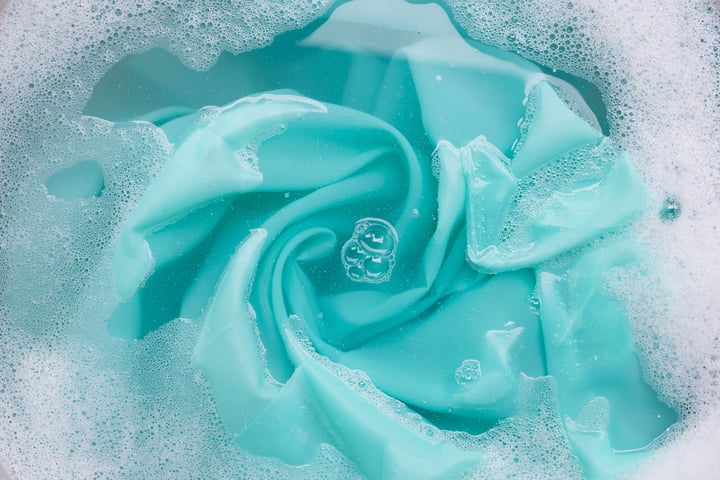
Surfactants find use in nearly all industrial products, spanning from cleaners to cosmetics, paints, and food items. Their functionality ranges from wetting, emulsifying, and dispersing agents to detergents and foaming agents, depending on the application. Even naturally occurring surfactants may create undesired product outcomes, underscoring the criticality of their characterization for achieving optimal product and process performance.
Surfactants are often utilized in formulations but they also play an important role in applications where solid surfaces are involved. In this short blog post, the behavior of surfactants both in solutions and on surfaces is reviewed.
Surfactants are molecules that have both hydrophilic (water-loving) and hydrophobic (water-hating) regions, which makes them effective at reducing the surface tension of solutions or interfacial tension between two liquids, such as oil and water. When added to a solution, surfactants can form micelles, which are small clusters of surfactant molecules. There is typically a certain concentration after which micelles are formed, called critical micelle concentration.
Surfactants are useful in a variety of applications, such as cleaning products, personal care items, and the food industry. In cleaning product, the reduced surface tension of water caused by surfactants facilitates the penetration of water into small cavities and pores. The hydrophobic tails of surfactant molecules are attracted to oil and grease while the hydrophilic parts are in the water phase. The ability to decrease the surface tension and interact with the dirt makes surfactants effective in cleaning formulation. In the food industry, surfactants are utilized to stabilize foams and emulsions which are often encountered in food products.
However, surfactants can also have negative environmental impacts if not properly disposed of, which has led to the development of more sustainable surfactants and surfactant-based products.
Surfactants can also be used to modify the properties of surfaces. When a surfactant solution is applied to a surface, the surface-active molecules can adsorb changing the wetting properties of the surface.
Wettability alteration is often used in enhanced oil recovery, where the surfactant is flooded into an oil reservoir to alter the reservoir wettability to more water-wet. Surfactants can also alter wettability to other directions, making the solid surface repel water.
If you would like to learn more about how the behavior of surfactants can be studied, please watch the webinar through the link below.
Discover what biosurfactants are, how they work in pollution cleanup, why they’re the sustainable choice, and how their effectiveness is measured.
Discover how QCM-D enables real-time cleaning analysis and reveals surfactant performance to optimize cleaning product development
Emulsifiers are surfactants that stabilize oil-water interfaces.
Surfactants are utilized in numerous products from cleaning formulations to paints and pesticides.
Discover how QSense QCM-D technology reveals real-time cleaning insights. Join our webinar to enhance your cleaning strategies and efficiency.
QSense QCM-D technology enables analysis of cleaning process dynamics, surface etching, and surface residual
QCM-D was used to compare the potency and mechanisms of action of two different detergents in disrupting lipid membranes
Explore a case example of surfactant adsorption with QSense Omni, showcasing its performance and enhanced data quality.
QCM-D is utilized to understand the compatibility and to identify solution and excipient conditions that minimize the adsorption of therapeutic proteins
